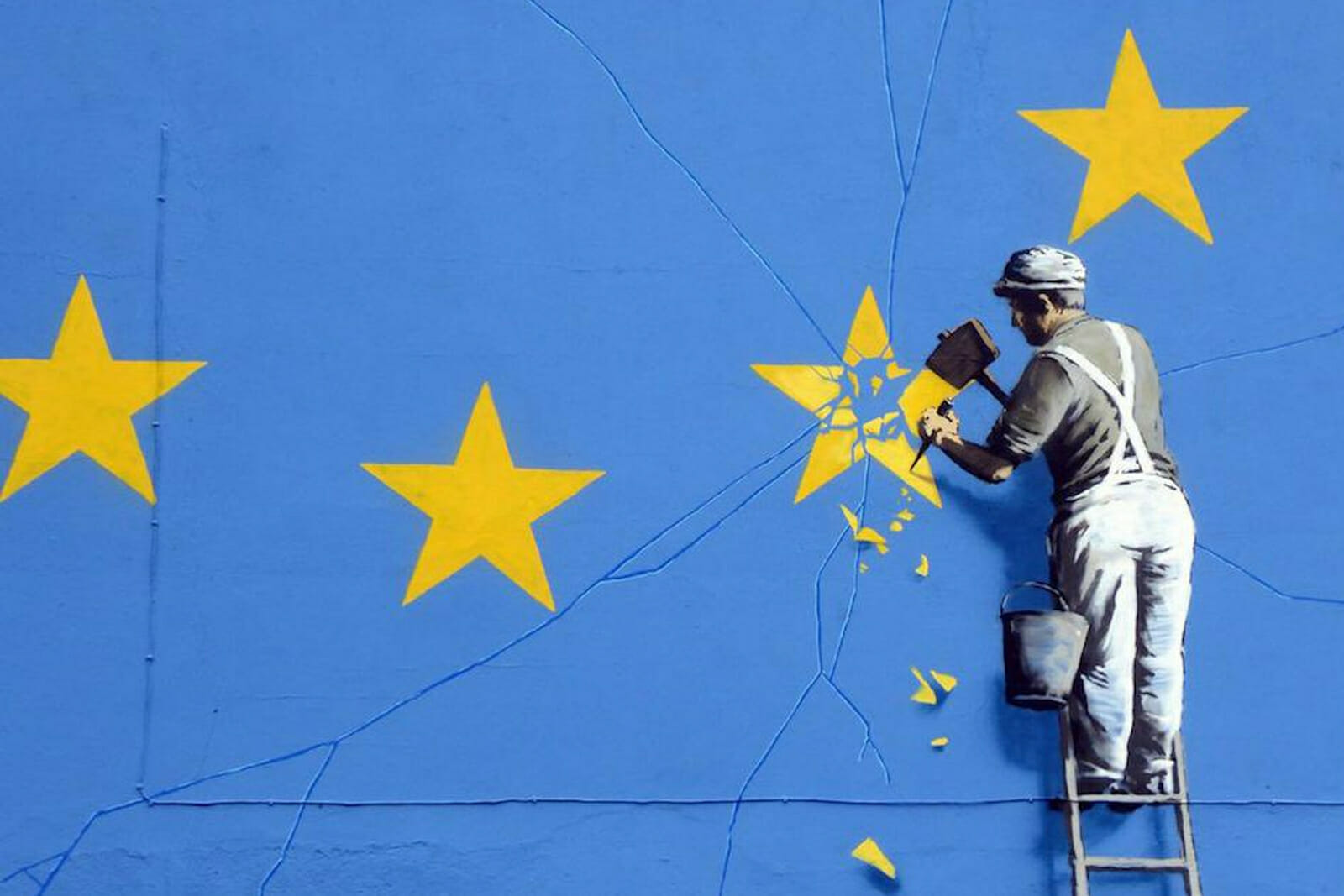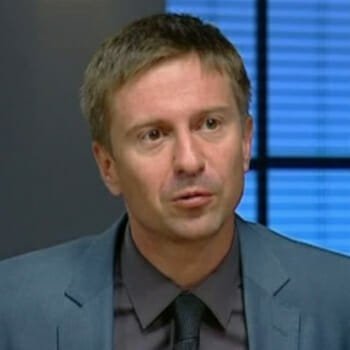
Russian Hybrid Warfare: 50 Shades of Greens
The Greens achieved excellent results in the last European Parliament elections, receiving the fourth largest faction. They finished third in France and the second in Germany and gained significant success in Finland, Portugal, Ireland, and the UK.
This clearly indicates that Europeans are aware of the importance of environmental problems and wish to solve them. It would seem that there is nothing wrong with that. However, the director of the Russian International Affairs Council, Alexander Kortunov, has already called the European Greens future strategic partners of Russia, which means that Russia can have an impact both on the interpretation of Europe’s environmental problems and on the ways to solve them. The Kremlin’s main task in this area is to maintain Europe’s dependence on Russian natural gas and counteract alternative energy projects.
Russia has a long-standing track record of using political parties in other countries to achieve its goals. It is believed that during the USSR, such cooperation was based solely on ideological grounds and, in this connection, focused mainly on left parties and movements. In fact, even during the Cold War, Soviet intelligence services skillfully manipulated public opinion in the West, using so-called “useful idiots,” individuals and organizations who had no idea that they were involved in Russian special influence operations.
Since 1991, Russia has maintained this approach and has even significantly expanded the political spectrum of its partners. Experts agree that today, among the hybrid allies of the Russian Federation, in addition to the left, there are also far-right, populist, anti-globalists, financial elites and greens. Peter Pomerantsev and Andrew Wilson write about this in detail in their works.
The inclusion of the Greens in the list of hybrid allies of the Kremlin is not accidental. In 2014, then NATO Secretary-General Anders Fogh Rasmussen, citing intelligence sources, stated that Russia was financing environmental organizations that blocked fracking in Bulgaria, Lithuania, and Romania. In 2018, a former Supreme Allied Commander of NATO, General Philip Breedlove, testified to the House Armed Services Committee that he was aware that there were Russian intelligence services behind the campaign against fracking and pipelines in Europe (alternative to Russians). According to a report by the US Director of the Office of National Intelligence, Russia conducted similar operations in the US using RT and social media. The main purpose of these operations was explicitly called counteraction to projects that could compete with Gazprom.
The recent increase in the popularity of greens in Europe has also come about as a result of last year’s environmental protests, which have also received critical praise from a number of European high-ranking officials. At the Munich Security Conference, German Chancellor Angela Merkel mentioned the high mobilization of young people in these protests in the context of discussing the methods of the Russian hybrid warfare. Belgium’s environment minister Joke Schauvliege also said that the Belgian intelligence services were aware of the manipulation of protesters and that the real organizers had a different political purpose than “solidarity with our climate.” The statement angered protesters and forced Schauvliege to resign.
Despite this, allegations of Russia’s involvement in organizing protests have not ceased since. Ukrainian Foreign Minister Pavlo Klimkin, speaking at a meeting of EU foreign ministers in Brussels in February 2019, stated that Russia was “definitely” involved in organizing climate protests in order to increase Russian gas consumption in Europe. Klimkin has stated explicitly that for this purpose, Russian special services create fake NGOs, bribe journalists, buy media and interfere in European elections.
Of course, these statements may be perceived differently, but it is difficult to deny that there is some pro-Russian selectivity in the activities of the European Greens. For example, activists blocked construction of the Trans-Adriatic gas pipeline (TAP) that is to supply gas from Azerbaijan to Europe bypassing Russia. The formal reason was the felling of 42 trees in the Puglia region of Italy. At the same time, Nord Stream-2, which is supposed to supply Russian gas to Germany bypassing Central European countries, is left ignored by environmentalists. Despite the fact that its laying poses a threat of environmental catastrophe for the entire Baltic Sea.
Such selectivity is inherent not only for young radicals willing to fight for a better environment with the police but also for their solid counterparts in the European Parliament who, in concert with openly pro-Russian forces, vote against projects that could reduce Europe’s dependence on Russian gas.
Fortunately, many European politicians recognize that Russia’s energy policy is a threat to EU security. Unfortunately, very few of them realize how serious the threat is. Before the Russian aggression, Ukraine also planned to produce shale gas, large deposits of which are in the Donbass. In 2013, one of the leaders of anti-fracking protests was the then-unknown Denis Pushilin. The same Denis Pushilin, who heads today the puppet regime established by Russian troops in the Donbass. The same regime that recently banned any shale gas production in its territory.
The faction of the Greens in the European Parliament consists of the European Green Party and the European Free Alliance. The latter represents the interests of national minorities fighting for their own sovereignty, even to the division of existing countries. Catalans, Basques, Scots, Flemish, Tyrols, Baltic Russians, etc. Since some of these parties are overtly separatist, the example with Pushilin is absolutely relevant here, and the transformation of pro-Russian green activists into Russian little green men can be very swift.

